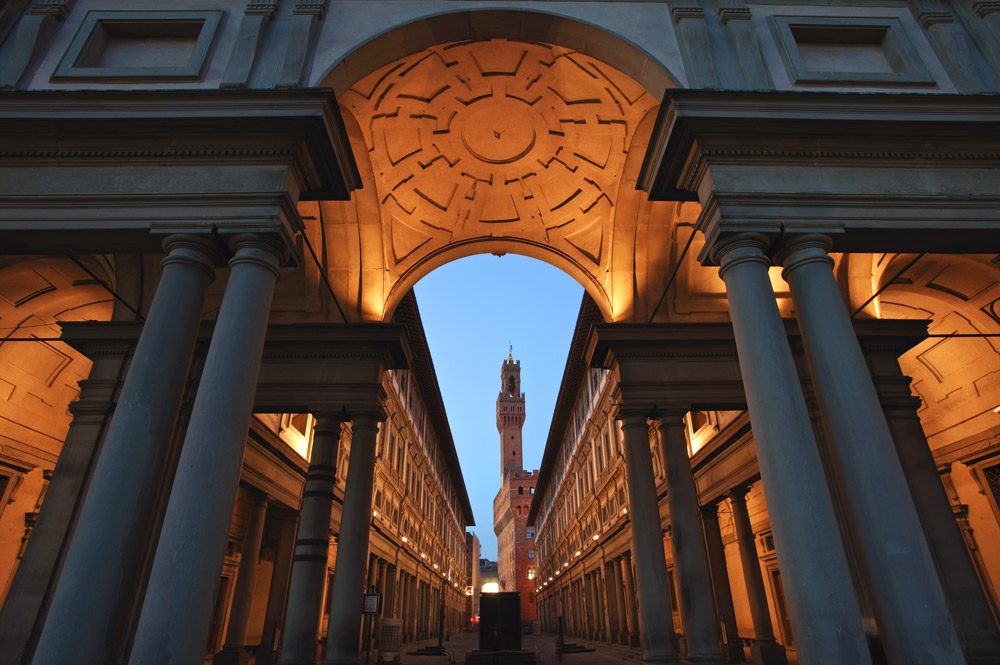Do you know #uffiziDecameron? Is a great initiative, with a hashtag launched by the Uffizi Galleries, which pays great attention to Raffaello’s works in the fifth centenary of the artist’s death. The campaign – playing on temporal parallelism and metaphor – takes its name from Giovanni Boccaccio’s masterpiece, set – as is well known – during the plague epidemic that devastated Europe in 1348. In the Decameron, 10 young people escape the Black Plague contagion by taking refuge in a villa on the hills above Florence: to combat the boredom of forced retreat, each of them tells one story a day, each time inspired by a different theme.
Every day, on Instagram and Twitter profiles of the Uffizi, photos, videos and stories dedicated to the masterpieces kept in the Gallery of Statues and Paintings, in Palazzo Pitti and in the Boboli Gardens are published. So the Uffizi in the days of the coronavirus become a virtual refuge: their program on Instagram, Twitter, Youtube and on the website is expanded and enhanced with the opening of another social channel, Facebook, on the page Uffizi Galleries.
The museums have had to close, but “art doesn’t stop – explained director Eike Schmidt – that’s why from now on we will also address our audience through Facebook”. “Today we start the Uffizi Decameron: as in Boccaccio’s masterpiece, every day we will tell the stories, the works, the characters of our beautiful museums, joining together in the name of culture, art and why not entertainment. Let’s avoid any contagion, except that of beauty”.
As part of the Uffizi Decameron there will also be “La mia Sala” (my Room), a series of “virtual mini-tours” in which museum assistants will illustrate some of the most evocative corners of the Galleries, with their secrets and their works, on video.
Uffizi
Florence, Tuscany

